
Preventing Condensation Mould
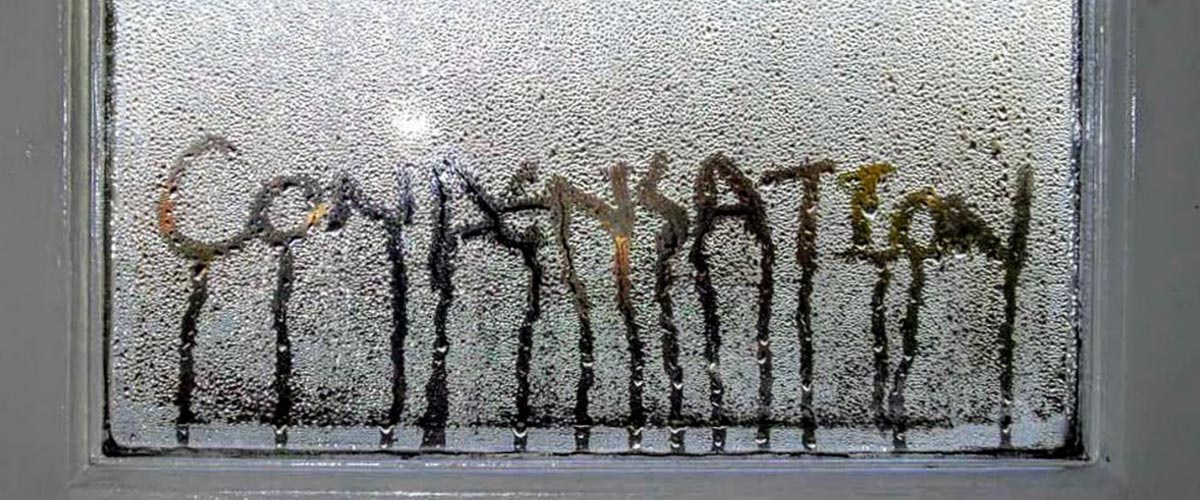 With temperatures dropping and us all spending more time indoors than normal, we've received a few reports of condensation mould starting to form in properties.
With temperatures dropping and us all spending more time indoors than normal, we've received a few reports of condensation mould starting to form in properties.
If you're not familiar with how condensation occurs and the damage it can do, please follow the advice within this e-mail as it is the responsibility of tenants to manage it and prevent more serious issues.
What is condensation?
It's the appearance of water on cold surfaces. It occurs when moist air comes into contact with air or a surface which is at a lower temperature, e.g. windows, tiles and external walls. Whilst it may look harmless to begin with, it may result in mould growth and rotting of material.
The most basic example of condensation is breathing on a car window to make it mist up. Now imagine that on a larger scale, e.g. warm, moist air produced from showering forming on windows, ceilings and walls. If not managed properly, the condensation it produces will cause mould problems.
What does it look like?
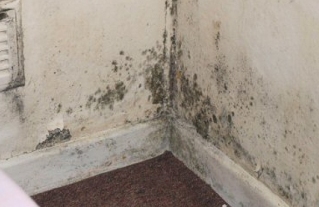
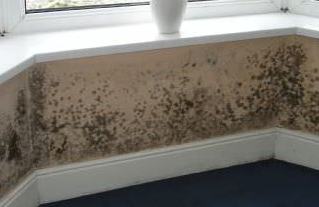
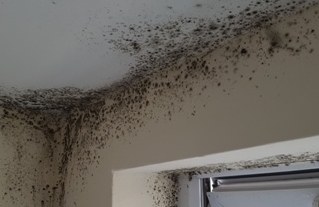
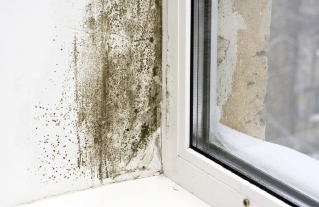
Where does it form most often?
On the coldest surfaces in the house, so windows, ceilings and walls; especially if the wall is an external one.
It'll also form when furniture has been pushed too tight to a wall. Walls need to breathe too! Make sure there is a sufficient enough gap for air to flow between bed/chest of drawers/wardrobe and the wall.
Why does it matter?
Condensation can make the property less pleasant to live in and cause damage. To avoid unnecessary costs, it's important that you take steps to limit condensation build-up.
How can you reduce condensation?
Produce Less Moisture
Some normal daily activities produce a lot of moist air very quickly. To minimise the amount of moist air, which leads to the formation of condensation, you need to:
- Cover pans when cooking and don’t leave kettles boiling longer than necessary.
- Avoid using paraffin and portable bottle gas heaters.
- Dry washing outdoors. If it’s raining, use a clothes airer in the bathroom with the door closed and the window or fan open.
- Do not dry washing directly on room radiators as this produces more water vapour and cools the room at the same time. Ask yourself “Where will all the water vapour from the drying clothes go?”
- Run the cold water first when filling a bath as it prevents steam production.
Ventilate to Remove Moisture to the Outside
Your home can be ventilated without creating draughts by:
- Keeping a small window open a little, or opening a window ventilator when the room is in use.
- Opening the kitchen or bathroom windows to let steam and moisture out.
- Use an extractor fan, they only use 1/5th the power of a 100watt bulb.
- Ventilate your bedroom by leaving a window slightly open at night.
- Closing the kitchen and bathroom doors when the rooms are in use to stop the warm moist air producing condensation in other cooler rooms.
- Don't clutter wardrobes and cupboards; it could stop the air circulating.
- Don't block ventilators, air bricks and chimneys.
- Dry your windows & windowsills every morning
- Don't push beds and sofas against outside walls which are always colder and attract condensation. Make sure there is a 9 inch (225cm) gap. Bedding can get damp if air cannot circulate around it.
Heat your Home
Keep the heat on low all day in very cold weather, condensation is less likely to form in warm houses.
Are there any products that help remove condensation?
Yes, and they're not expensive either. Try products by Dettol or Astonish.
Is damp something different?
Yes, although condensation often incorrectly gets reported as "damp". Damp is caused by a structural defect with the property, rather than living conditions.
There are two types of damp: penetrating damp and rising damp.
Penetrating damp is caused by water entering the property through an external defect. Most commonly, it is caused by faulty guttering, downpipe or chimney stack, although it can occasionally be due to badly cracked or hollow render, or issues with the roof.
Rising damp exists when there is a problem with the property's damp proof course or membrane, causing water to rise from the ground into the walls or floor. It is visible as it leaves a tidemark on the affected walls.
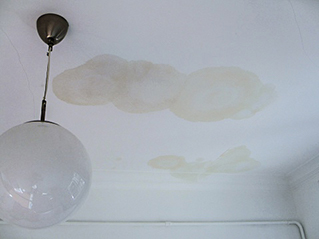
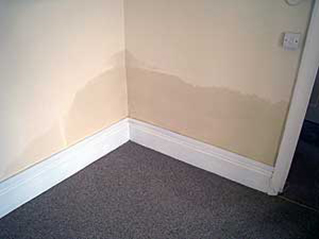
The information contained within this article was correct at the date of publishing and is not guaranteed to remain correct in the present day.


